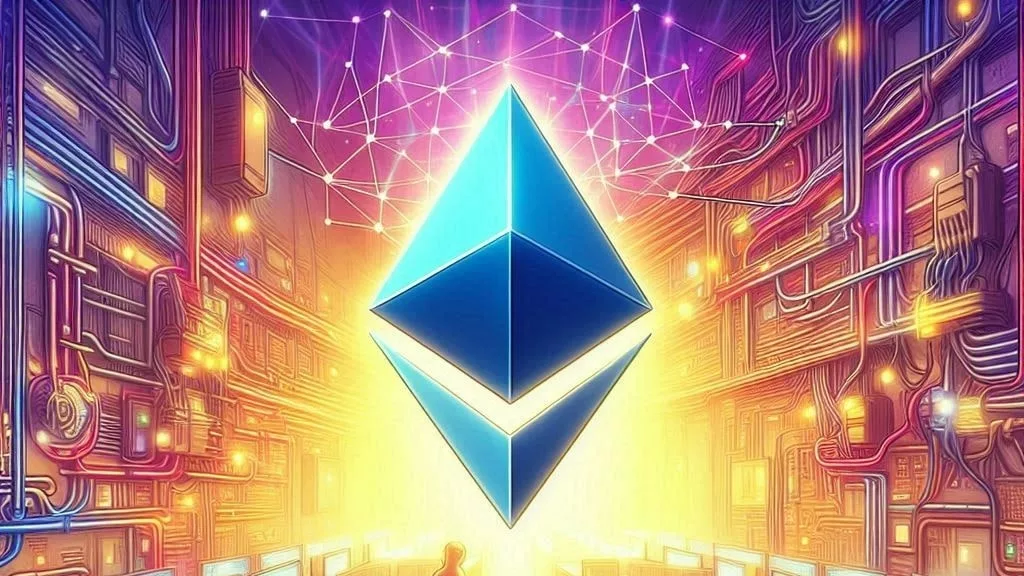
Ethereum is on the verge of a major usability breakthrough with an upcoming update that could simplify and revolutionize how users interact across Layer-1 and Layer-2 blockchains. The long-anticipated interoperable addresses feature, anchored in new Ethereum Request for Comments (ERC) standards, aims to significantly improve user experience and cross-chain communication.
Currently, one of the most frustrating aspects of operating in the Ethereum ecosystem is the complexity and friction associated with sending and receiving assets across different chains. Users often need to manually input lengthy hexadecimal wallet addresses and utilize various bridging tools, which is not only inefficient but also error-prone. The interoperable addresses update intends to solve these issues by providing a seamless, human-readable addressing format that operates smoothly across multiple chains.
This innovation is built on ERC-7828 and its companion standard ERC-7930. ERC-7828 focuses on human-friendly cross-chain addresses by leveraging the Ethereum Name Service (ENS). For example, users will be able to send tokens or interact with dApps using simplified formats like alice@my_favorite_L2.eth, without needing to worry about technical backend processes like bridging or chain resolution. This simple yet powerful format is expected to dramatically reduce user errors and significantly improve the onboarding process for both newcomers and experienced users.
Meanwhile, ERC-7930 handles the technical back-end of the process. It standardizes a compact binary format for cross-chain smart contract interactions, clearly defining the involved chains and addresses in a way that is efficient for machine interpretation. Together, these standards form a robust dual-layer system: ERC-7828 enhances usability for people, while ERC-7930 ensures precise, secure functionality for machines and smart contracts.
From a developer’s perspective, this change means increased composability and interoperability between Layer-2s, wallets, and decentralized applications. It opens the door to a more unified Ethereum experience—one where transactions between Optimism, Arbitrum, Base, or other L2s feel as effortless as a single click, similar to what users expect from centralized platforms.
This shift has been driven by the L2 Interop Working Group and DeFi Wonderland, with a growing consensus among Ethereum developers that improved UX is crucial for the network’s next phase of growth. The upgrade doesn’t directly aim to influence Ethereum’s price in the short term, but its long-term impact could be profound. Better UX can bring in more users, attract liquidity, and facilitate broader adoption of Layer-2s. As value flows more freely and securely across Ethereum’s expanding ecosystem, demand for ETH as both a gas and security asset may naturally grow.
The update also aligns with Ethereum’s broader vision of becoming the backbone of a multichain internet. Unlike hype-driven developments that provide short-lived price spikes, this is a foundational enhancement intended to make Ethereum more scalable, intuitive, and robust. As such, it could play a key role in Ethereum’s ongoing evolution from a single-chain smart contract platform into a truly interoperable multichain infrastructure.
The final status approval for ERC-7828 is expected within two weeks, marking a crucial milestone in this direction. Once implemented, wallets and dApps that adopt the standards will be able to offer their users a much smoother experience—no more copy-pasting long strings or switching between bridge interfaces. Instead, interaction with the Ethereum network and its many Layer-2 solutions could become as intuitive as sending an email.
In conclusion, the interoperable addresses update represents a transformative step for Ethereum. While the immediate market reaction may be muted, its long-term implications for the network’s usability, adoption, and value proposition are significant. As Ethereum continues to position itself at the center of the decentralized internet, enhancements like this bring that vision one step closer to reality.

Get the latest Crypto & Blockchain News in your inbox.